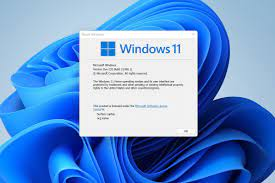C O M P U T E R
A computer is an electronic device that processes data and performs tasks according to a set of instructions called a program. It is a versatile tool used for a wide range of applications, including data processing, calculations, communication, and entertainment. Computers can be found in various forms, sizes, and capacities, from small embedded systems in household appliances to large supercomputers.
Central Processing Unit (CPU): Often referred to as the brain of the computer, the CPU executes instructions stored in the computer's memory and performs calculations.
Memory (RAM): Random Access Memory (RAM) is a type of volatile memory that temporarily stores data and program instructions for the CPU to access quickly.
Storage: Computers have non-volatile storage devices, such as hard drives or solid-state drives, for long-term storage of data, programs, and the operating system.
Input Devices: These allow users to input data into the computer. Examples include keyboards, mice, touchscreens, and other sensors.
Output Devices: Devices like monitors, printers, and speakers display or present the results of the computer's processing.
Motherboard: The main circuit board that connects and allows communication between the CPU, memory, storage, and other components.
Operating System: Software that manages computer hardware and provides services for computer programs. Common examples include Microsoft Windows, macOS, and Linux.
Software: Programs or applications that instruct the computer to perform specific tasks. This can include word processors, web browsers, games, and more.
Peripheral Devices: Additional devices connected to the computer, such as printers, scanners, external drives, and more.
DIGITAL IN INDIA
|
DYNAMIC RAM |
|
|
FPM |
1990 |
|
EDO |
1994 |
|
SD RAM |
1996 |
|
RD RAM |
1998 |
|
DDR SD RAM |
2000 |
|
DDR2 SD RAM |
2003 |
|
DDR3 SD RAM |
2007 |
|
DDR4 SD RAM |
2012 |

























0 Comments
have a any doubt write comment section